Festivals in Vietnam arrive as a riotous explosion of colour, sound, and culture, and the rich heritage and age-old traditions of Vietnam. From sacred religious rites to grand cultural pageants, festivals provide a glimpse into the very fabric of Vietnamese existence. Tourists get to feel the rhythm of folk music, savour true cuisine, and witness the strong spirit of unity. Each holiday, big or small, reflects Vietnam’s enduring customs and creative expression. With each festival, Vietnam invites the world to visit a nation where venerable traditions are commingled so harmoniously with festive celebrations.
Top 10 Festivals In Vietnam
Explore the 10 most religious festivals in Vietnam and discover ancient traditions, unforgettable moments, rich rituals, and loving experiences.
1. Tết Nguyên Đán (Lunar New Year)
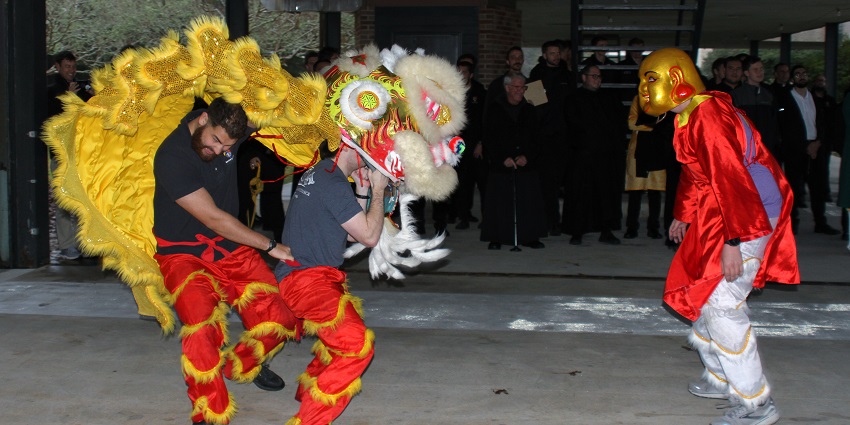
Photo: abbeyprivate / Wikimedia Commons / Image For Representation Only
Tết Nguyên Đán, or simply Tết, is Vietnam’s biggest and most celebratory holiday. It is the festival of the arrival of spring and the beginning of the lunar new year, marking renewal, optimism, and prosperity. Weeks prior to that, preparations begin as families tidy up and decorate their houses to remove bad luck and bring in good fortune. Traditional foods like bánh chưng (square sticky rice cakes), giò lụa (Vietnamese sausage), and candied fruits are prepared and making it an important food festival in Vietnam. Go shopping and out and buy new clothes and flowers like kumquat trees and peach blossoms, too.
Location: Nationwide
Major Attractions: Family reunions, ancestor worship, traditional cuisine, dragon and lion dances, and fireworks
2. Hùng Kings’ Temple Festival
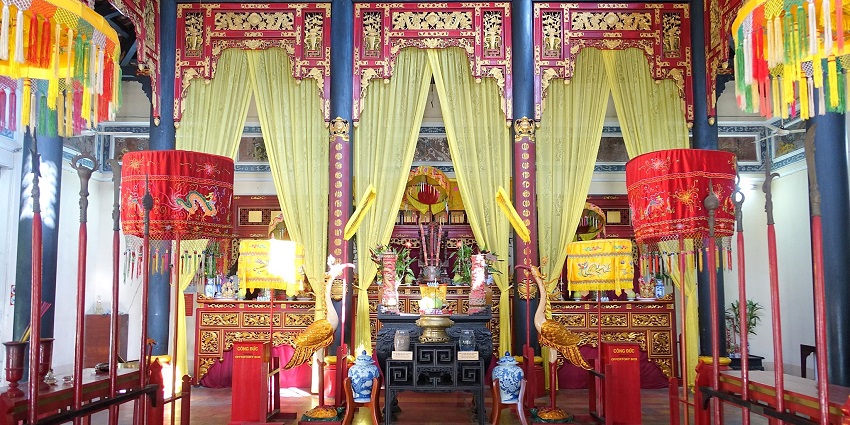
Photo: Daderot / Wikimedia Commons
Hùng Kings Temple Festival is an important cultural and religious festival in Vietnam, celebrated on the 10th day of the third Vietnamese lunar month each year to commemorate the Hùng Kings. He is the mythologically viewed creator of the Vietnamese state. The festival is celebrated within the Hùng Temple complex of Phú Thọ Province and is attended by thousands of pilgrims from across the nation. It begins with a complex offering ceremony, wherein incense is lit and offerings of food are made to the ancestors. There are also companion folk games, parades, lion dances, and cultural shows that signify Vietnam’s heritage.
Location: Phú Thọ Province
Major Attractions: Processions, incense offerings, traditional recitals of music and dance, and folk games
3. Perfume Pagoda Festival
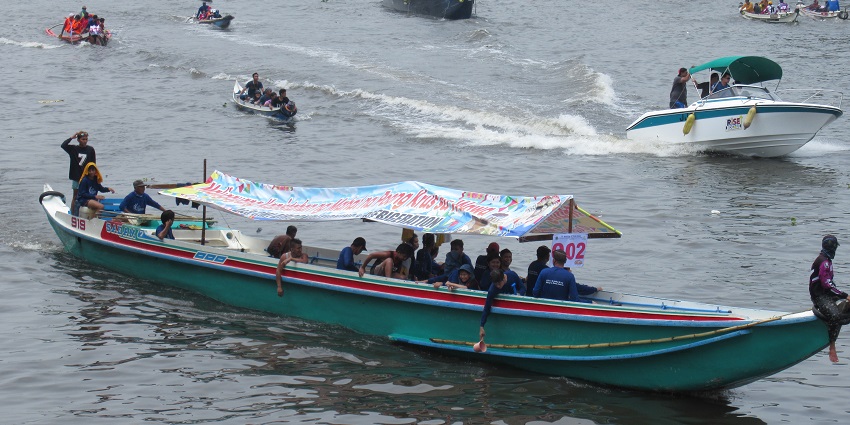
Photo: RamaGaspar / Wikimedia Commons
Perfume Pagoda Festival is Vietnam’s biggest and holiest Buddhist festival, which starts on the 6th day of the first lunar month and continues until the last day of the third lunar month. Thousands of pilgrims and tourists travel to the Perfume Pagoda, a stunning complex of temples and shrines nestled in the scenic Hương Tích Mountains in Hà Nội’s Mỹ Đức District. The tour features a serene boat trip on the Yến River, culminating in hiking through verdant scenery to get to the principal pagoda, Chùa Hương. The celebration combines breathtaking scenery and deep spiritual significance to present a holistic and lifelong cultural encounter for visitors.
Location: Phùng Xá Ward, Thạch Thất District, Hanoi
Major Attractions: Hill-climbing trekking, boat rides through scenic areas, religious ceremonies, and worshipping at ancient temples
4. Gióng Festival
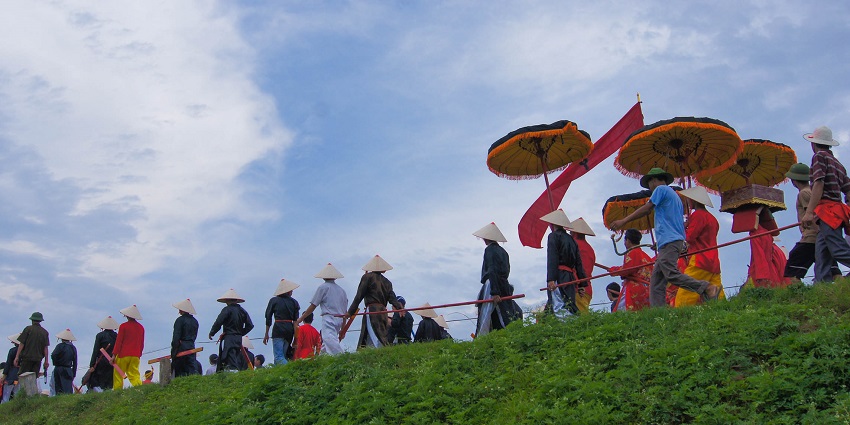
Photo: Hoangvantoanajc / Wikimedia Commons
Gióng Festival is a traditional Vietnamese festival to venerate Saint Gióng, the people’s folkloric hero who defended the nation against foreign invasion. Declared by UNESCO as the Intangible Cultural Heritage of Humanity, the vibrant festival is annually celebrated, with the majority of activities scheduled to be conducted in Sóc Sơn and Gia Lâm districts of Hanoi. It is mostly held in the fourth lunar month and comprises a series of colourful ceremonies and onlooker performances that narrate the hero’s great battles. Highlights of the event are symbolic processions, flag dances, and reenactment of battle scenes that attract locals and tourists alike.
Location: Hanoi
Major Attractions: Processions, folk performances, and reenactment of battles
5. Lim Festival

Photo: Steven C. Price / Wikimedia Commons / Image For Representation Only
The Lim Festival in Bac Ninh Province is one of the important festivals in Vietnam, where the best Quan Họ folk singing, which UNESCO has declared as an Intangible Cultural Heritage, is performed and displayed. Crafted on the 12th and 13th of the Vietnamese first month, the well-liked activity abounds with tourists in and out of Vietnam. Most symbolically are the flamboyantly attired male and female singers performing Quan Họ duets on dragon boats and inside pagodas. Apart from the musical performances, the festival is also characterised by various traditional games, weaving contests, calligraphy displays, and folk contests.
Location: Hoi An Ancient Town
Major Attractions: Street performances of Quan Họ folk singing, games, and celebrations
6. Lantern Festival Of Hoi An
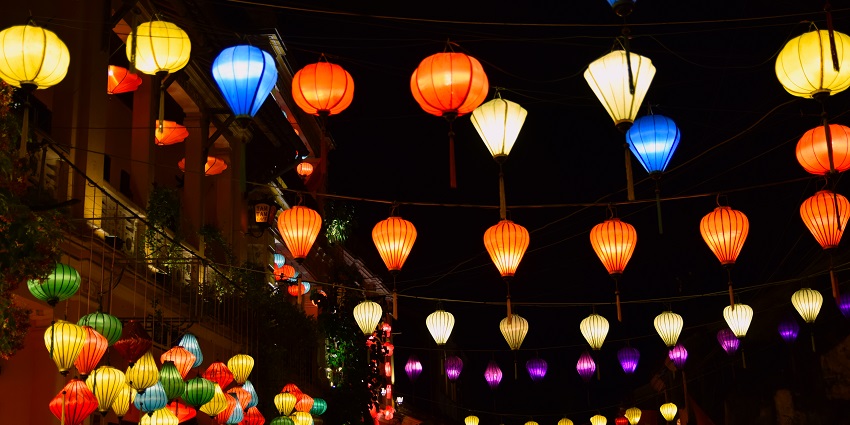
Photo: Raita Futo / Wikimedia Commons
Hoi An Lantern Festival is a month-long cultural display that occurs on the 14th lunar evening of every lunar month in the quaint ancient city of Hoi An. On this enchanted evening, all light bulbs are switched off, and thousands of exquisitely handcrafted multicolored lanterns light up the city. Both locals and visitors queue up on both sides of the Hoài River to let go of colored paper lanterns with their hopes and wishes. The shimmering lanterns gracefully floating on the river provide a peaceful and enchanting scene. Apart from lantern releasing, there are also traditional music performances and dancing, folk games, as well as mouth-watering Vietnamese street food.
Location: Hoi An, Quảng Nam Province
Major Attractions: Lantern display, boat drifting, traditional display, and native cuisine
7. Reunification Day

Photo: Anass Sedrati / Wikimedia Commons / Image For Representation Only
Reunification Day is commemorated every April 30th to commemorate the historical day in 1975 when North and South Vietnam were formally reunified, ending the Vietnam War. It is of great significance to Vietnamese people as a reminder of national peace and harmony. Nationwide but particularly in Hanoi and Ho Chi Minh City, the celebrations involve patriotic events, hoisting of the flag, cultural activities, and military parades. Fireworks illuminate the sky, uniting residents and tourists. Reunification Day is a day on which the nation reflects on its past and rejoices at how far it has progressed and united since the war.
Location: Nationwide
Major Attractions: Military parades, fireworks, and cultural performances
8. Buddha’s Birthday (Vesak)
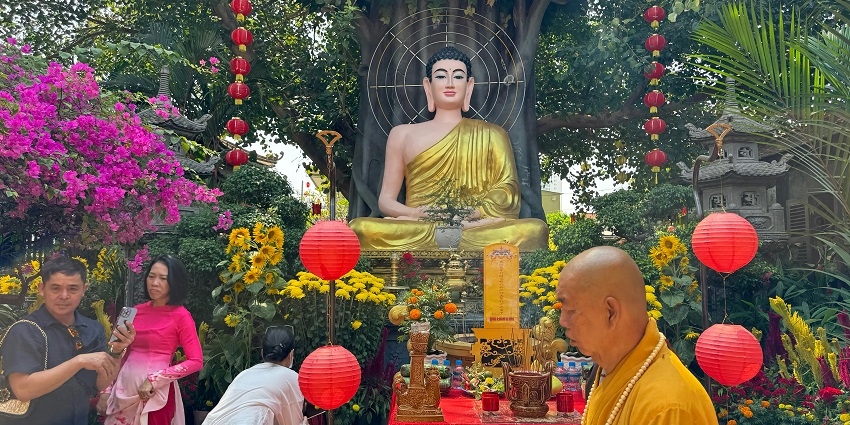
Photo: Hoàng Thành / Unsplash / Image For Representation Only
Buddha’s Birthday or Vesak is an extremely sacred day on the Buddhist calendar and is celebrated across Vietnam. Vesak is observed on the 15th day of the fourth lunar month to mark the birth, enlightenment, and death of Gautama Buddha. Temples across the nation are beautifully decorated with flowers, lanterns, and Buddhist flags. The believers are involved in rituals such as incense offerings, prayer sessions, and the release of lanterns and birds that symbolise compassion and freedom. Ritual parades and chanting ceremonies are most common in most places, especially in cities like Hue and Hanoi.
Location: Nationwide
Major Attractions: Temple rituals, lantern release, and prayer ceremonies
9. Vietnam Independence Day
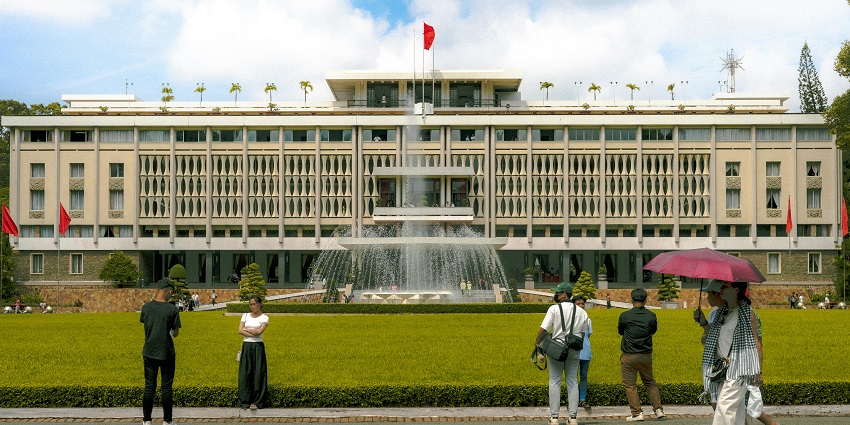
Vietnam Independence Day is the main festival in Vietnam. It is celebrated on September 2nd, President Hồ Chí Minh’s Day when he proclaimed Vietnam independent of colonial France in 1945. It’s the most nationalist holiday of the year, and celebrations are biggest at the Hanoi Ba Dinh Square, the location of the original proclamation. The holiday includes military parades, classical performances, and flag-raising ceremonies. Citizens proudly show off the Vietnamese flag on buildings and public spaces. Fireworks illuminate the night sky in cities, and cultural activities and concerts commemorate Vietnamese culture and history.
Location: Nationwide
Major Attractions: Military parades, fireworks, flag-raising ceremonies, public concerts, and historical performances
10. Oóc Om Bóc Festival
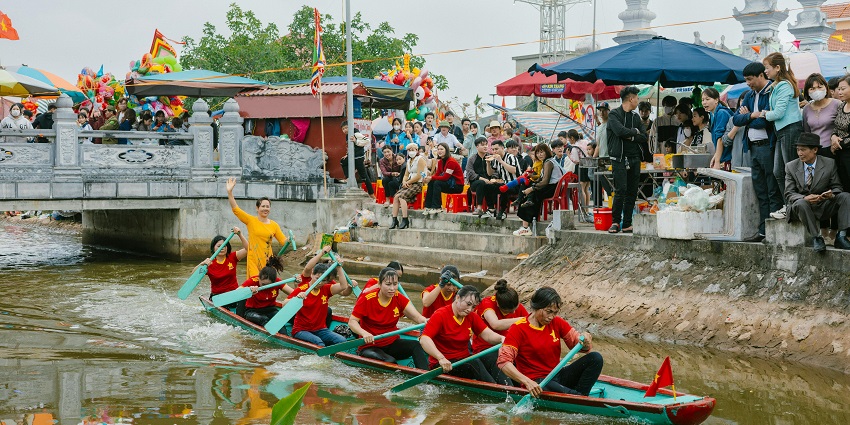
Photo: HONG SON / Pexels / Image For Representation Only
Oóc Om Bóc Festival is a lively cultural festival that is celebrated by the Khmer ethnic minority living in southern Vietnam, i.e., in Mekong Delta provinces such as Sóc Trăng and Trà Vinh. The festival is observed on the night of the full moon in the 10th lunar month and is dedicated to the Moon God, who is thanked for good weather and copious harvests. It focuses on moon worship rituals, with the children presenting offerings and prayers being made. The most popular joys of the festival are Ngo boat racing, a longboat competition with a traditional atmosphere.
Location: Southern Vietnam, namely Soc Trang and Tra Vinh
Major Attractions: Moon worship ritual, Khmer traditional dances, and the boat race Ngo
Attending these world-famous festivals in Vietnam is a Vietnam experience of its rich culture and heritage that one will never forget. From serious religious ceremonies to colorful cultural parades, each festival provides a different glimpse into Vietnamese society. Come and join the party with the locals and taste their hospitality, warmth, and energy for yourself. Book with TripXL and experience magic of Vietnam’s festivals to life with an unforgettable cultural experience.
Cover Photo: Rizki Oceano / Unsplash


 WhatsApp
WhatsApp
 Twitter
Twitter









